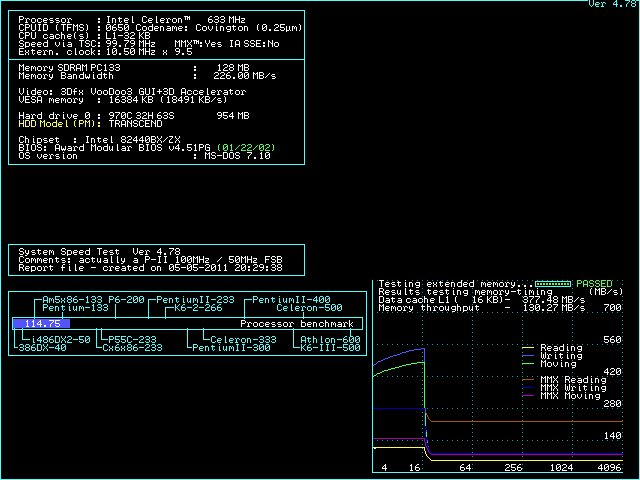First post, by boxpressed
- Rank
- Oldbie
One of my Win98SE builds is based on an Intel SE440BX-2. I like this no-nonsense board quite a lot, and I'm beginning to accumulate a small range of Slot 1 PIIs and PIIIs.
Right now, I'm running a 1300MHz Tualeron on a Powerleap adapter on it. But I also have a 333MHz PII with a 66MHz bus.
I'm interested in getting a 233MHz Slot 1 PII if the speed decrease would improve compatibility on any games.
I'm curious whether there are any DOS games that run great with a 233MHz PII but not with a 1000MHz PIII (or faster Tualeron).
It seems as though FPS games like Quake and Duke3D will take as much processing power as you can throw their way.
And then, a 233MHz PII may already be too fast for earlier DOS games.
Would love to hear the names of some DOS titles that have a "sweet spot" around 233MHz or slightly higher.

